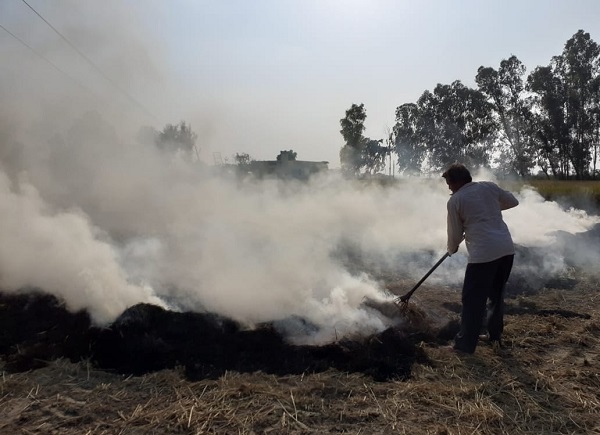
New Delhi, Haryana is taking a number of steps to curtail crop residue burning, including diversifying rice area to maize crop and daily monitoring of fire burning incidents.
Paddy stubble burning incidents in neighbouring states like Haryana have been identified as among the reasons for high pollution levels in the Delhi NCR region during the winter season.
Haryana has submitted before the National Green Tribunal that it has undertaken a major programme to diversify rice area to growing maize crop by which the target was to achieve water conservation and conservation of ecology. This will, indirectly, also reduce the chances of crop burning residue in rice cultivation area.
The burning locations are monitored by Haryana Space Applications Centre and the alerts are being issued by them to all the stake-holders.
The state government said that there is a centralised control room where the monitoring is done and the FIRs are registered. Dashboard monitoring is also being conducted. Also FIR and minute level monitoring at field level and serving alert messages to other field authorities is also being done.
A special cell has been in place at Directorate of Agriculture and Farmers Welfare, Haryana with regard to review the status of crop residue burning on daily basis.
The Indian Oil Corporation is going to establish ethanol plant in Panipat district and the Haryana government has already notified bio-energy policy.
The government is also carrying out timely supply of crop residue machinery to the farmers. A pilot project is also being taken up for setting up compost units in a cluster of villages. The matter is also being taken up with the Chaudhary Charan Singh Haryana Agriculture University, Hisar.
Haryana has also selected 10,179 beneficiaries for providing subsidy under the crop residue management scheme.









